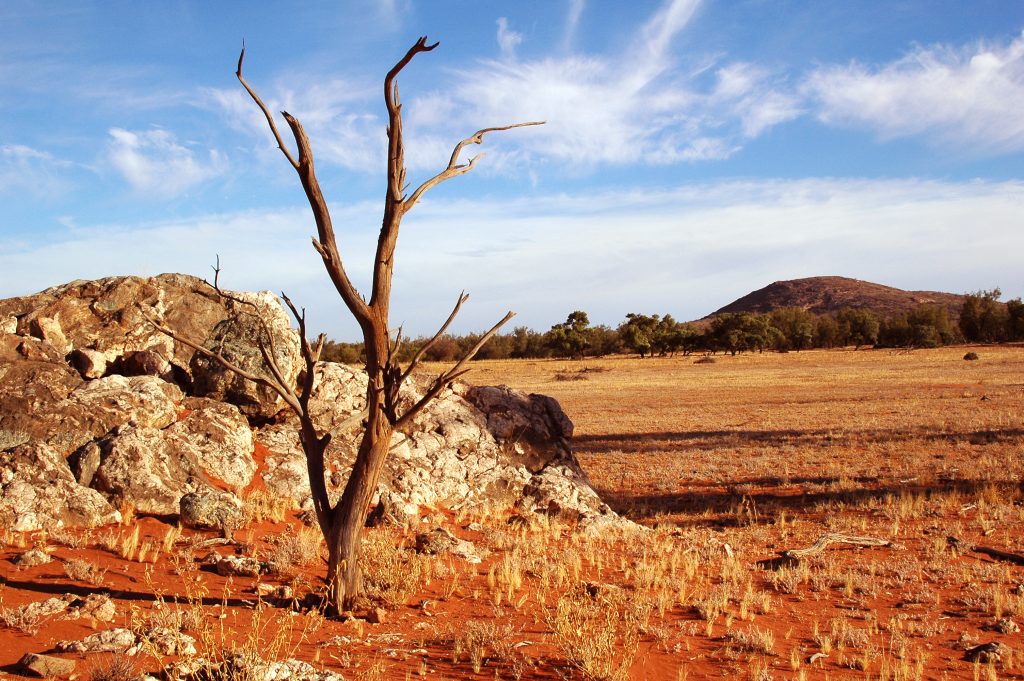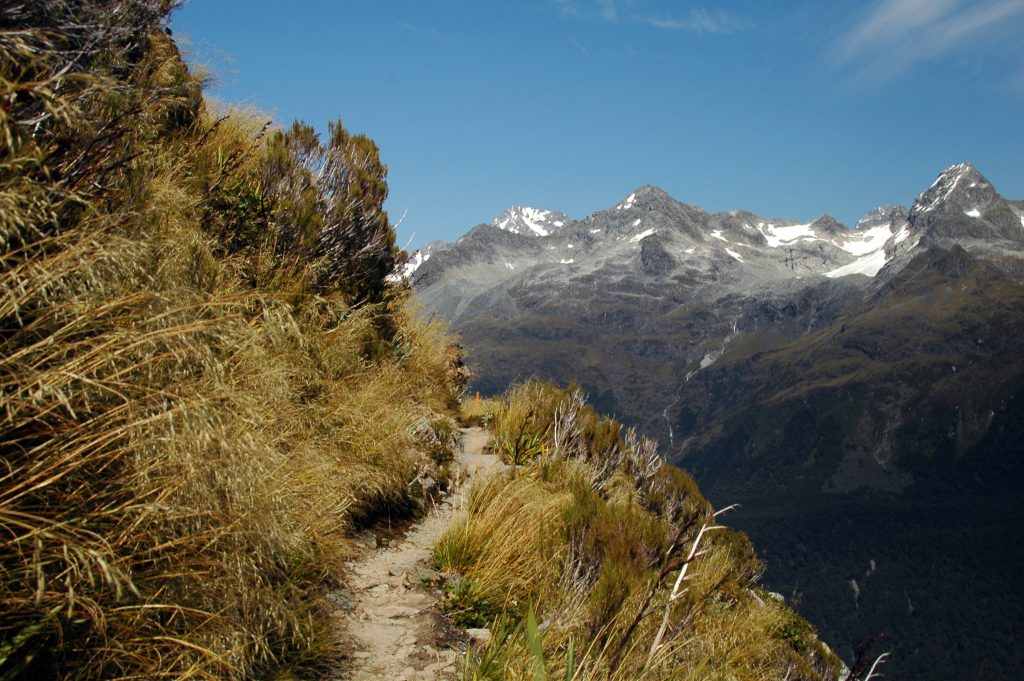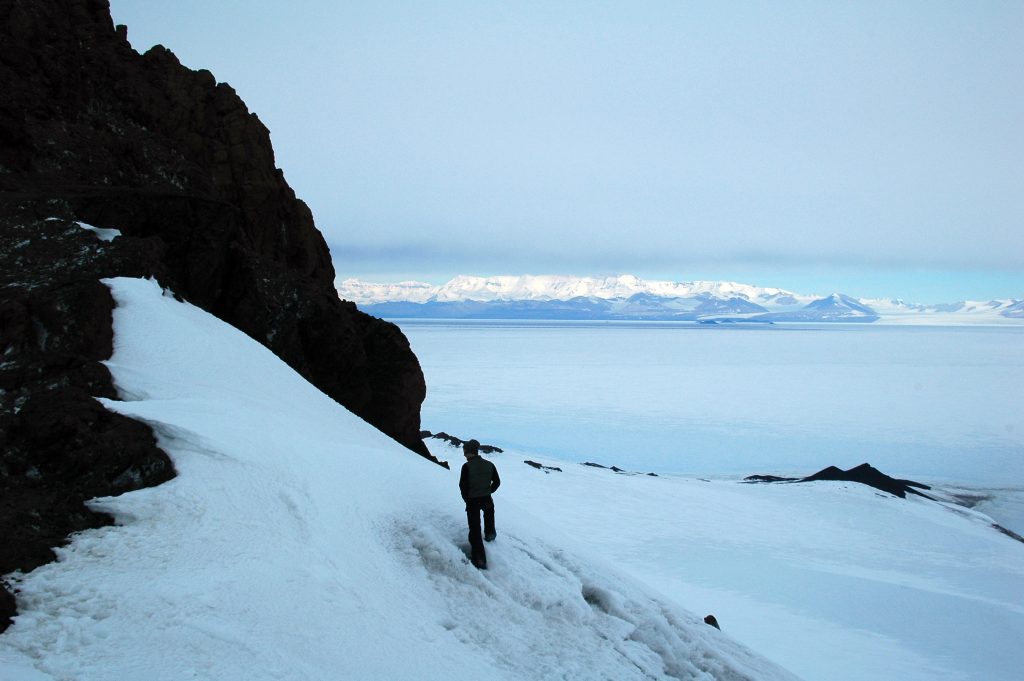Category: Story
Adams 4 Bivy, King Ravine & Rime Ice
 Like || Tweet || More Photos || Purchase Photo
Like || Tweet || More Photos || Purchase PhotoIt was an amazing long stint up at the cabin – nine days! My fresh veggies nearly lasted the whole time, and I saved the best for last, a nice piece of butternut squash. I baked it up in my stove-top oven and shared it with “Ben Here” – an Appalachian Trail (AT) through hiker who spent the previous blustery night in a small cave up on the ridge just below Adams 4.
Ben came into Grey Knob cabin at around 8am. I don’t usually get folks arriving at that time and after asking him how he’s doing, he admitted he’d had a rough night. AT hikers usually adopt trail nick-names of some sort. Either they’re given to them or they come up with them on their own. ‘Ben’ may well be his real first name, but it developed as he signed the shelter log books simply with the date and “Ben Here.”
Mt. Washington Traverse
Mountain Life
Rafting the Grand




 Like || Tweet || More Photos || Purchase Photo
Like || Tweet || More Photos || Purchase Photo Like || Tweet || More Photos || Purchase Photo
Like || Tweet || More Photos || Purchase Photo Like || Tweet || More Photos || Purchase Photo
Like || Tweet || More Photos || Purchase Photo Like || Tweet || More Photos || Purchase Photo
Like || Tweet || More Photos || Purchase Photo